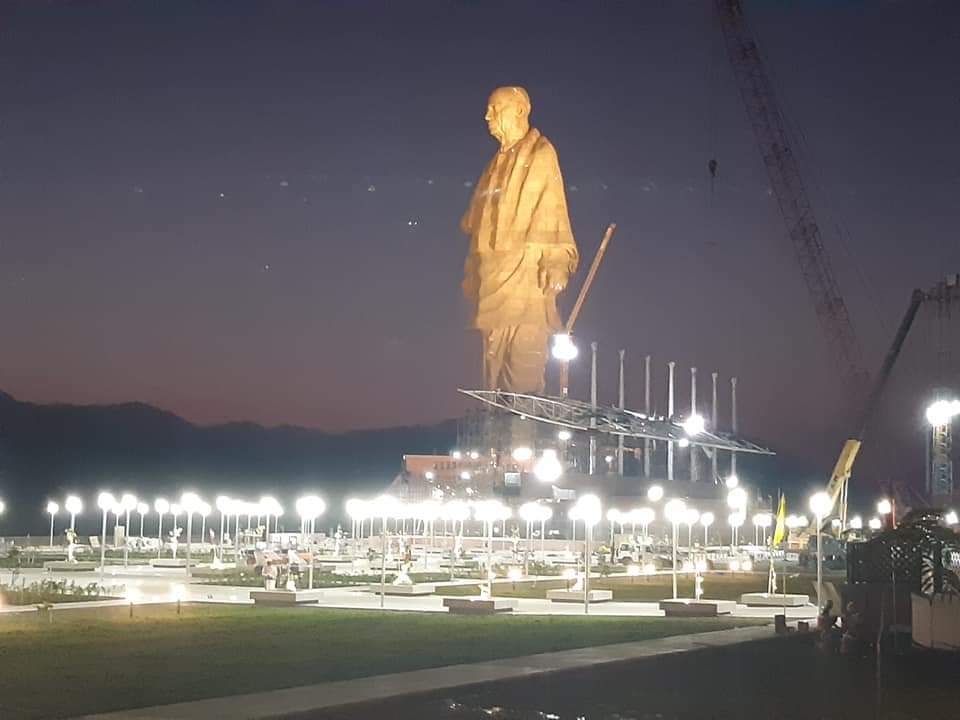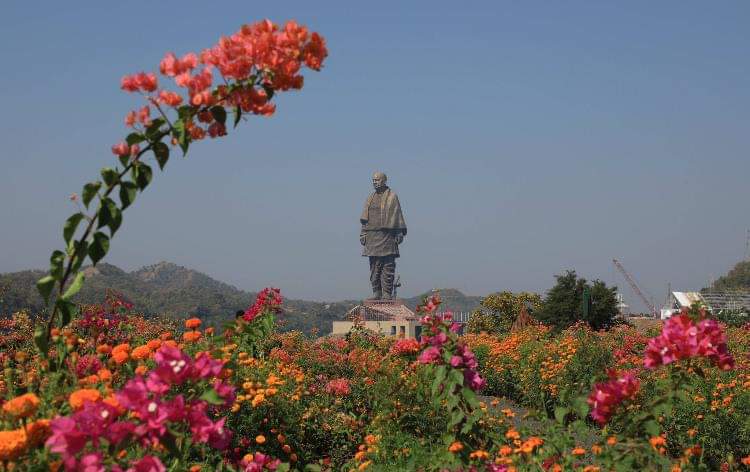India has launched 257 satellites for 28 different countries as of September, 2018 and holding the all-time record in the satellite launch, Now holding the record for having the largest statue in the world.
On the occasion of birth anniversary of Sardar Vallabhbhai Patel, PM Modi inaugurated the world’s tallest statue – Statue of Unity to the nation.
Eight years after proposing the ambitious project, Prime Minister Narendra Modi Wednesday unveiled the ‘Statue of Unity’, the world’s tallest statue at 182 metres -built in honour of freedom fighter and India’s first Home Minister Sardar VallabhBhai Patel. The statue stands on Sadhu Island on the Narmada in Gujarat and is twice the height of the Statue of Liberty in the US.
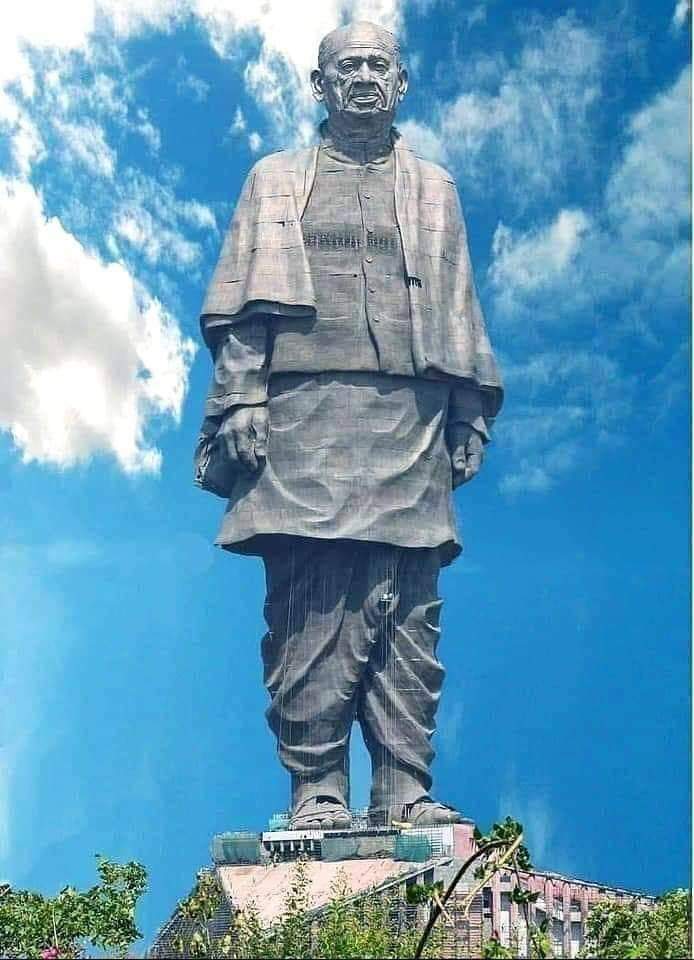
Sardar Vallabhbhai Patel and his contribution to the country:
Vallabhbhai Patel (31 October 1875 – 15 December 1950), popularly known as Sardar Patel, was an Indian politician who served as the first Deputy Prime Minister of India. He was an Indian barrister and statesman, a senior leader of the Indian National Congress and a founding father of the Republic of India who played a leading role in the country’s struggle for independence and guided its integration into a united, independent nation. In India and elsewhere, he was often called Sardar, Chief in Hindi, Urdu, and Persian. He acted as de facto Supreme Commander-in-chief of the Indian army during the political integration of India and the Indo-Pakistani War of 1947.
Patel was born and raised in the countryside of Gujarat. He was a successful lawyer. He subsequently organised peasants from Kheda, Borsad, and Bardoli in Gujarat in non-violent civil disobedience against the British Raj, becoming one of the most influential leaders in Gujarat. He rose to the leadership of the Indian National Congress, organising the party for elections in 1934 and 1937 while promoting the Quit India Movement.
As the first Home Minister and Deputy Prime Minister of India, Patel organised relief efforts for refugees fleeing from Punjab and Delhi and worked to restore peace. He led the task of forging a united India, successfully integrating into the newly independent nation those British colonial provinces that had been “allocated” to India. Besides those provinces that had been under direct British rule, approximately 565 self-governing princely states had been released from British suzerainty by the Indian Independence Act of 1947. Threatening military force, Patel persuaded almost every princely state to accede to India. His commitment to national integration in the newly independent country was total and uncompromising, earning him the sobriquet “Iron Man of India”. He is also remembered as the “patron saint of India’s civil servants” for having established the modern all-India services system. He is also called the “Unifier of India”.
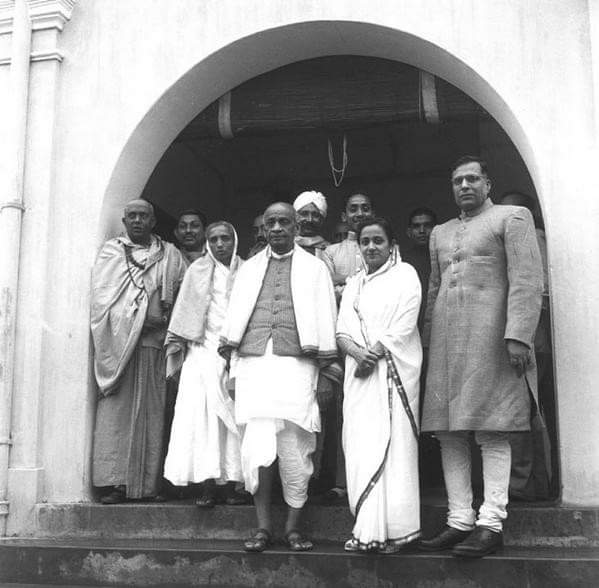
Dedicating the statue to the nation, PM Modi said, “Statue of Unity is an answer to all those who question the existence of India. The height of the statue is to remind the youth that the future of the country will be as huge as this. It is also symbolic of our engineering and technology affordability.”

Crediting Sardar Vallabhbhai Patel for “uniting India,” PM Modi said, “Had Sardar Patel not united the country, we would need visas to see lions or pay homage at Somnath or view the Charminar in Hyderabad. Patel converted India’s diversity into its biggest strength. The country is today following the path shown by Patel and is moving towards becoming the world’s greatest economic and strategic power.”
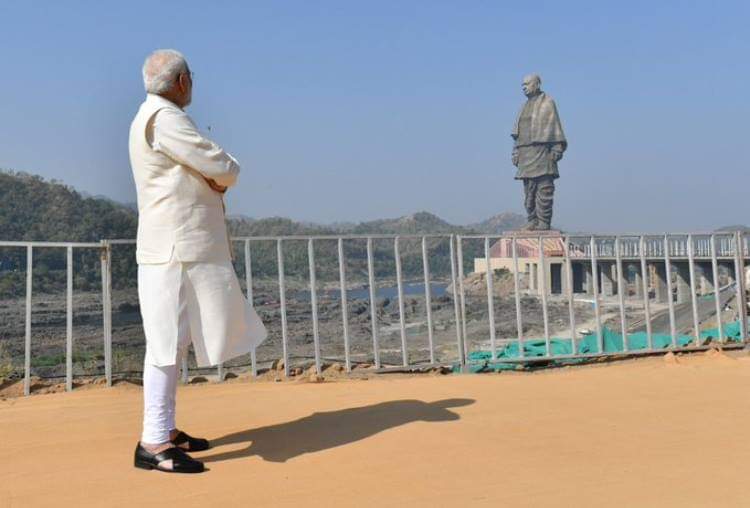
Built at a cost of Rs 2,989 crores ($430m), the project took record 33 months to complete having 129 tonnes of iron at the base of the statue. Apart from the statue itself, there are five other related sites that are constructed along with the world’s tallest statue. These include the walkway, the ticket counter, the food court, the four-lane approach highway, and the ‘Shrestha Bharat Bhavan’- a 52-room three-star lodging facility for the visitors coming to see the monument.
The shawl across Sardar Vallabhbhai Patel’s shoulders accentuates his stately bearing. All around him, the landscape is dotted and shaped by the marks of independent India’s progress — roads, towers, and a dam.
Often hailed as a great unifier, Patel was showered with praise by a fellow son of Gujarat: Prime Minister Narendra Modi.
Who designed the Statue of Unity?
Padma Bhushan awardee, Ram Vanji Sutar, a 93-year-old acclaimed sculptor who graduated from the prestigious J.J School of Art in Bombay designed the statue.
He has sculpted masterpieces including that of Mother Chambal at Gandhi Sagar Dam in Madhya Pradesh, equestrian statue of Maharaja Ranjit Singh in Amritsar, and numerous statues of Mahatma Gandhi.
Who built the statue?
It has been built by Larsen and Toubro (L&T) and the state-run Sardar Sarovar Narmada Nigam Ltd. It took about 250 engineers and 3,400 labourers to construct the statue.
Malaysia-based Eversendai, which constructed Dubai’s famous Burj Al Arab and Burj Khalifa buildings, was handed the contract for the steel framework.
Construction materials used to build the statue:
It has been built using over 70,000 tonnes of cement, 18,500 tonnes of reinforcement steel, 6,000 tonnes of structural steel and 1,700 metric tonnes of bronze, which was used for the outer cladding of the structure.
The Sardar Vallabhbhai Patel Rashtriya Ekta Trust (SVPRET), set up by Modi in 2011 arranged some 129 tonnes of iron implements from nearly 100 million farmers in 169,000 villages across all states to construct the base of the statue.
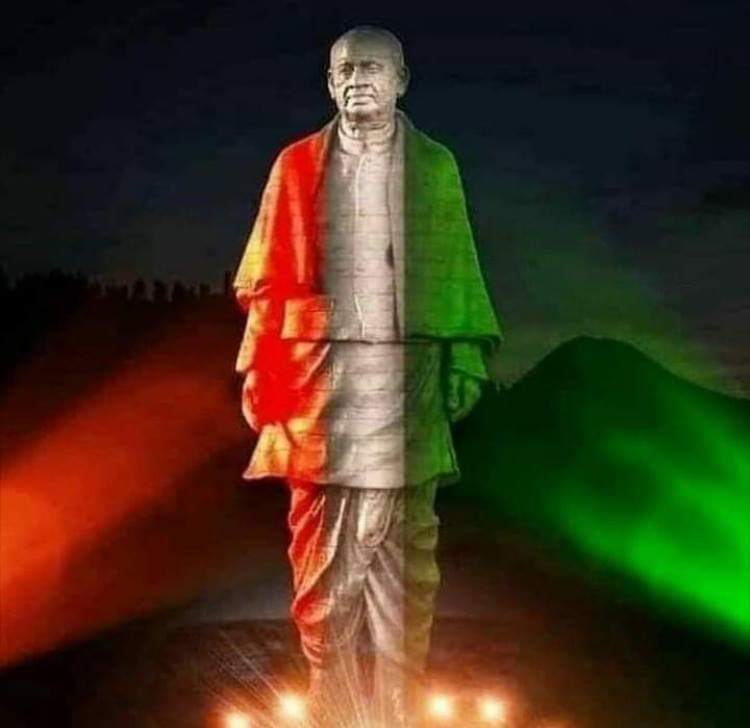
How was the design finalised?
The statue is conceived as a naturalistic depiction of Sardar Patel in a walking pose.
To get it right, designers sifted through 2,000 photographs of Sardar Patel before picking the one that they would model it on and then converted the two-dimensional photograph into a three-dimensional model.
Costing of tickets
The statue will be open for the public visit from November 3. People will have to book tickets online to visit the statue – at www.soutickets.in
Entry ticket for adults is priced at Rs 120 while for children (between three to 15 years), it is Rs 60
The ticket includes entry to the ‘Valley of Flower’, memorial, museum and an audio-visual gallery, SOU site and the Sardar Sarovar Dam
For observation deck view, the ticket is priced at Rs 350
Tickets to avail the bus services cost Rs 30 for adults and Re 1 for children
If you have booked an entry ticket or observation deck ticket, then the bus ticket need not be booked separately
Note: 1 United States Dollar equals 74.03 Indian Rupee(Rs)
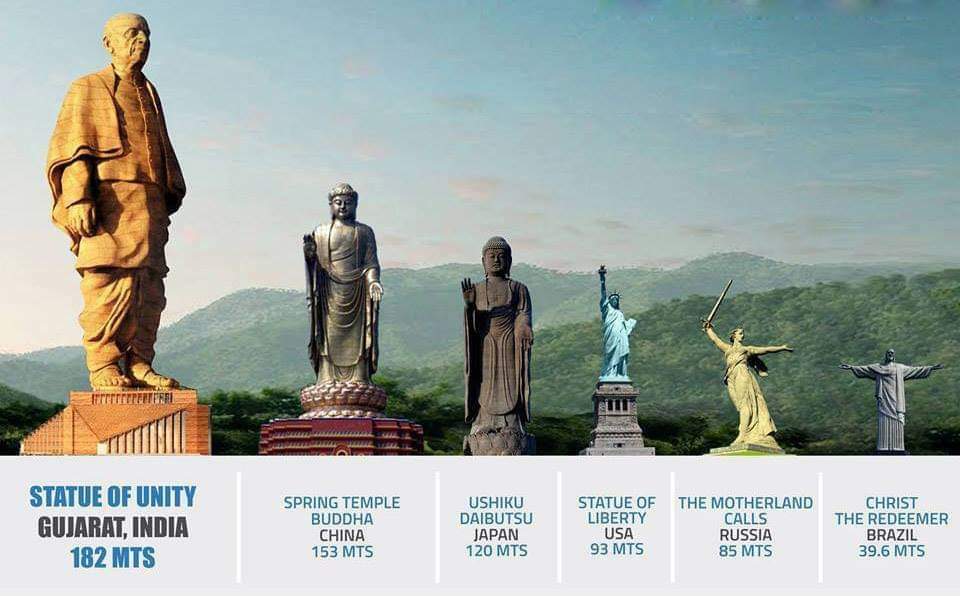
Timings to visit the statue
The Statue of Unity can be visited from 9 am to 6 pm on all days.
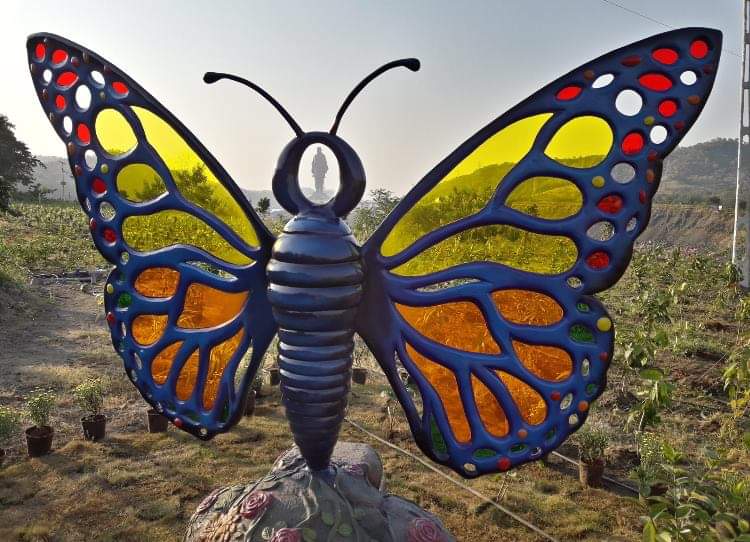
Selfie point for pictures
For those who want to click photographs, the complex also has a separate selfie point from where you get a good view of the statue and its surroundings.
